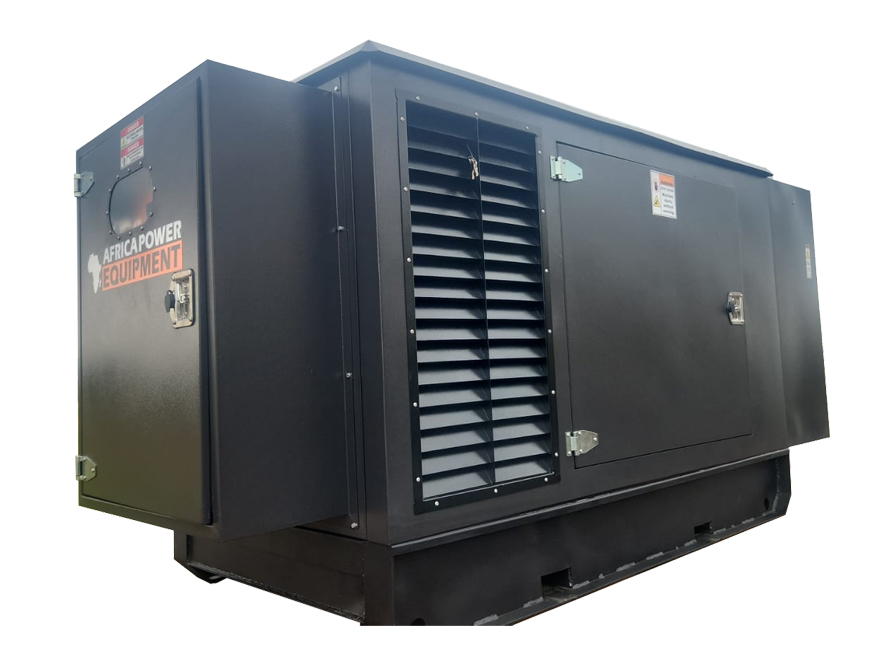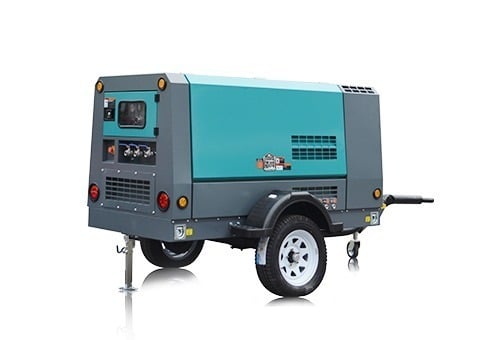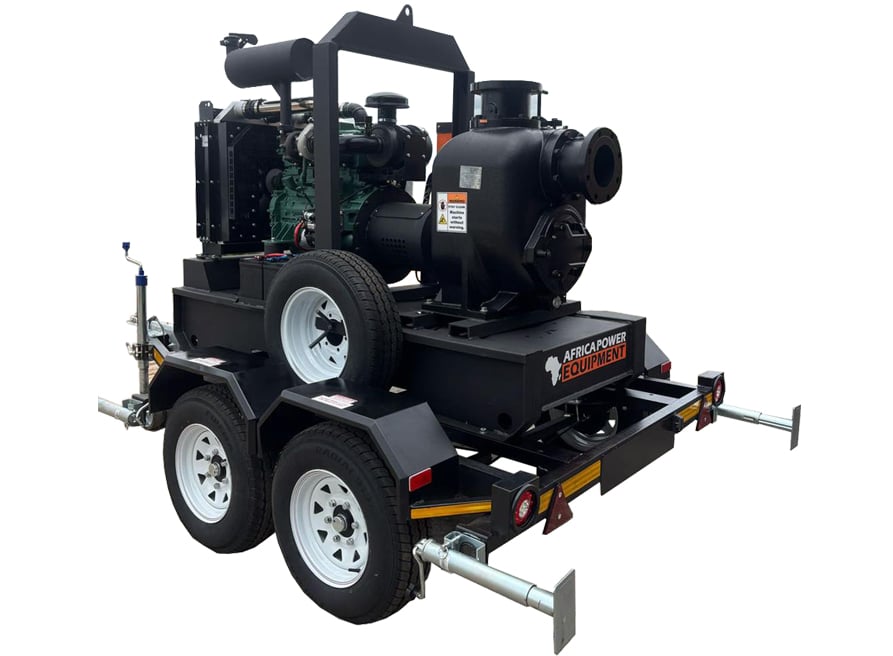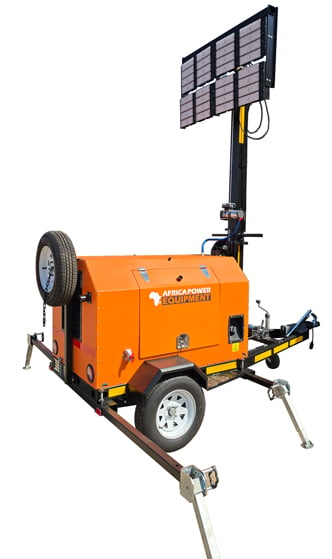Understanding the Runtime of Diesel Lighting Towers for Site Operations
Whether you’re managing a construction project, a mining operation, or a temporary event, one of the most important factors when selecting a lighting tower is runtime. The runtime determines how long your lighting system will stay operational before it needs refuelling — which affects both productivity and cost-efficiency.
In this article, we explore the key aspects of diesel lighting tower runtime, and how to choose a model that suits your operational needs in South Africa.
✅ Quick Answer
The average runtime of a diesel lighting tower is 8 to 24 hours on a full tank, depending on fuel tank capacity, engine efficiency, and light type. Some high-efficiency models with LED lights can run up to 70+ hours before needing a refuel.
🛢️ 1. What Determines Diesel Lighting Tower Runtime?
Several factors influence runtime:
-
Fuel tank capacity (typically 80–200 litres)
-
Engine fuel efficiency (litres/hour)
-
Type of lighting used (LED uses less fuel than halide)
-
Operating load (running only lights vs. lights + auxiliary outlets)
📝 Example:
A lighting tower with a 100L tank and a fuel burn rate of 0.25 L/hr could run for 400 hours under ideal conditions with LED lights.
💡 2. LED vs. Metal Halide: Big Impact on Runtime
| Light Type | Fuel Efficiency | Average Runtime | Maintenance |
|---|---|---|---|
| LED | High | 24–70+ hours | Low |
| Metal Halide | Lower | 8–20 hours | Higher |
Choosing LED lighting towers increases your runtime dramatically — essential during long shifts or overnight site operations.
⛽ 3. Fuel Tank Size: Bigger Isn’t Always Better
Lighting towers generally come with tanks ranging from 60L to 200L.
| Tank Size | Approx. Runtime (LED) | Approx. Runtime (Halide) |
|---|---|---|
| 60L | 24–36 hours | 10–15 hours |
| 100L | 40–70 hours | 15–20 hours |
| 200L | 70+ hours | 30+ hours |
💡 Tip: A larger tank adds weight and may reduce mobility.
🕐 4. Why Runtime Matters on South African Sites
-
Load shedding preparedness: Longer runtime = fewer interruptions
-
Remote sites: Reduces need for daily refuelling trips
-
Cost-efficiency: Less fuel handling and downtime
-
Night operations: Ensures consistent safety lighting
🔋 5. Runtime vs. Operating Mode
Some lighting towers have:
-
Auto start/stop sensors (turn off when daylight is detected)
-
Dimming settings to reduce fuel usage at lower light requirements
-
Hybrid solar/diesel backup, reducing diesel runtime even further
🔧 6. Maintenance Impact on Runtime
Poorly maintained engines or clogged filters can increase fuel consumption, reducing runtime. Make sure to:
-
Service filters regularly
-
Use clean diesel
-
Check and calibrate engine load
🏆 7. Recommended Models from PowerEquipment.co.za
-
20kVA LED Diesel Lighting Tower
Runtime: Up to 70 hours | Tank: 100L | Fuel Use: ~0.25 L/hr
Perfect for long shifts and low-maintenance operation. -
Metal Halide 4x1000W Tower
Runtime: ~12 hours | Tank: 90L | Fuel Use: ~0.8 L/hr
Budget-friendly but shorter runtime. -
Hybrid Solar-Diesel Lighting Tower
Runtime: Unlimited daylight operation + 30–40 hrs backup
Best for eco-conscious sites and fuel-saving efficiency.
🔗 Internal Linking Opportunities
🧠 Final Thoughts
Understanding diesel lighting tower runtime helps you:
-
Reduce operating costs
-
Improve logistics and refuelling planning
-
Ensure reliable lighting during critical operations
For sites in South Africa facing frequent load shedding, or those located far from fuel depots, choosing a long-runtime LED or hybrid model is a smart investment.
Need help choosing a long-runtime lighting tower?
👉 Get in touch with PowerEquipment.co.za — our experts can recommend the ideal model based on your site needs.





